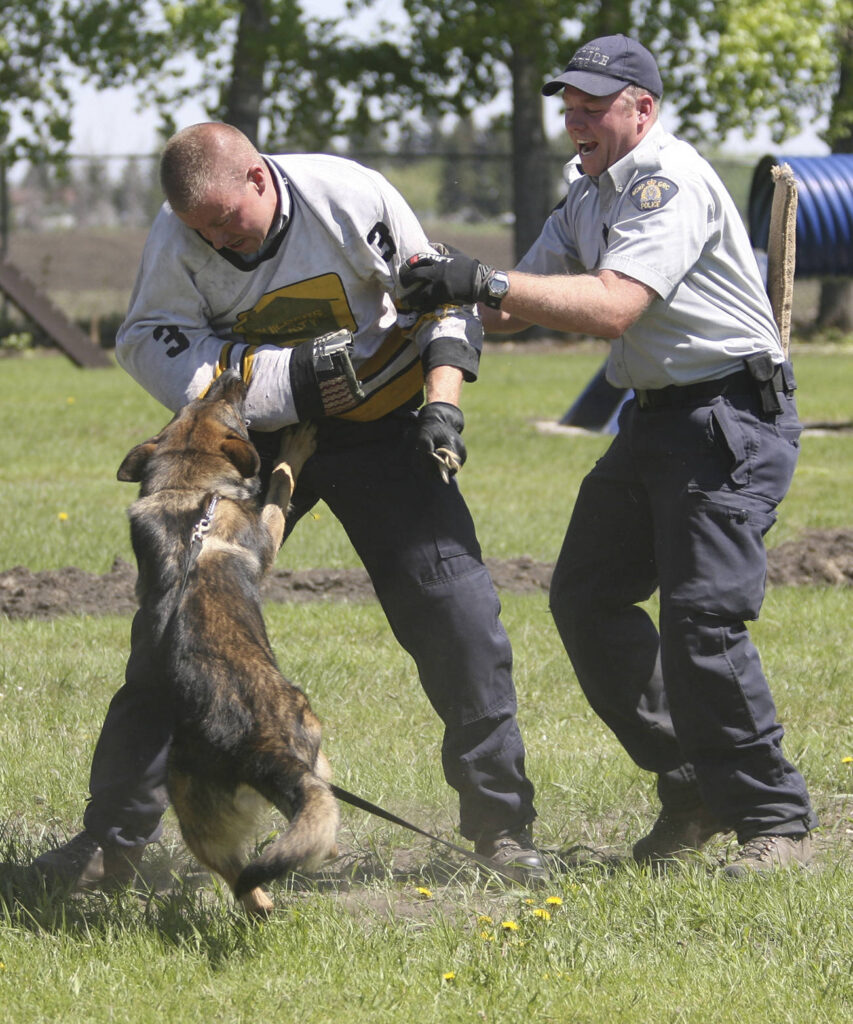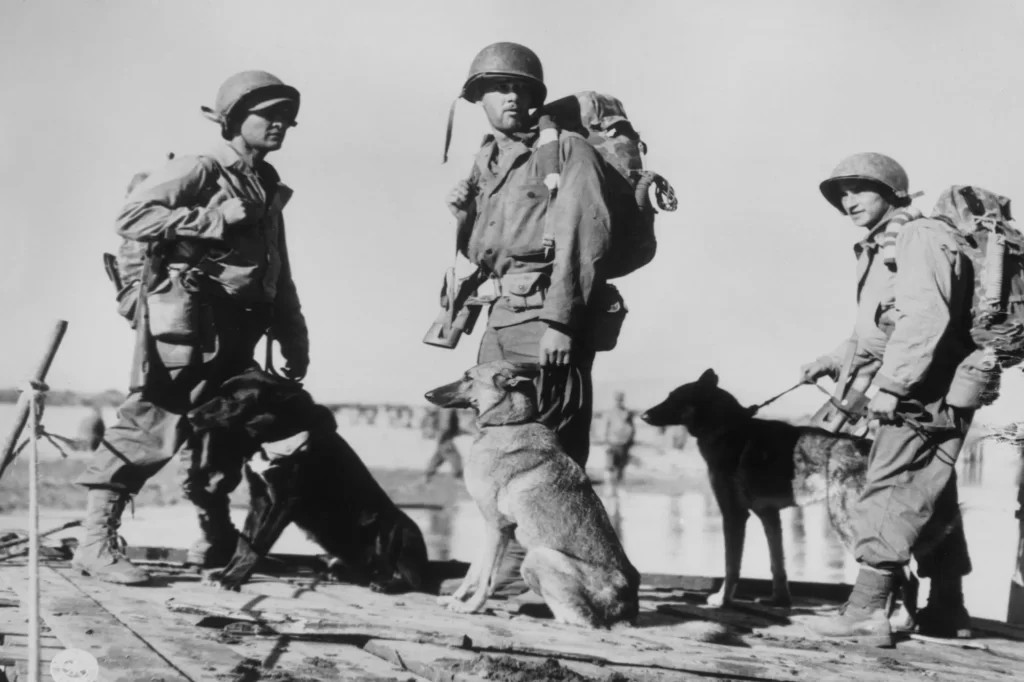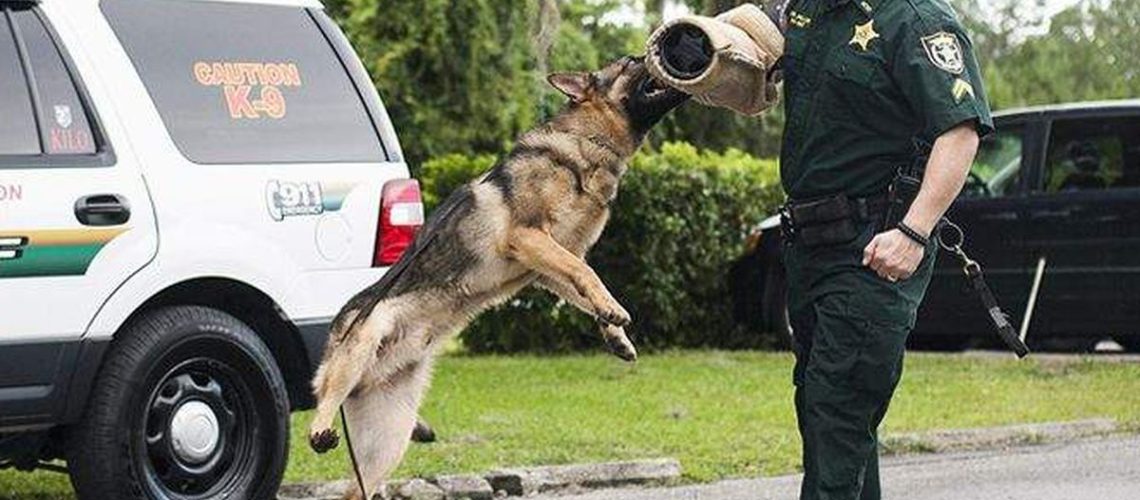In the relentless pursuit of excellence within the realm of police K-9 units, we find ourselves drawing wisdom and inspiration from our previous article, “Unleashing Excellence: 5 Rules of Success for Police K-9 Units.” As we venture further into the world of K-9 policing, we’ve derived five new guiding principles, each bearing profound significance for both K-9 handlers and their steadfast four-legged companions.
To embark on this enlightening journey, we first harken back to a foundational article penned by Commander Zero himself, entitled “From Rookie to Pro: 5 Game-Changing Rules for Police Training” [Read it here: https://www.commanderzero.net/from-rookie-to-pro-5-game-changing-rules-for-police-training/]. In this piece, the Commander, armed with years of experience and a commitment to the relentless pursuit of excellence, shares valuable insights into the world of police training. It’s here that we discover the seeds of knowledge that have now sprouted into these five new principles tailored specifically for the dynamic universe of K-9 policing.
1. A Lifelong Mission – K-9’s are More Than Just a Job
At the heart of our new set of principles lies the profound understanding that being a K-9 handler is not merely a profession; it’s a lifelong mission. This sentiment mirrors the sentiment of Rule 1 from our previous article, which highlighted the importance of having a life mission as a law enforcement officer. However, in the realm of K-9 policing, this mission extends far beyond the typical confines of a job description.
K-9 handlers understand that their commitment to the cause transcends the boundaries of a regular workday. It’s a 24/7 dedication to ensuring the safety and security of their community. This lifelong mission echoes the sentiment expressed by Mahatma Gandhi: “You must be the change you want to see in the world.” In the context of K-9 policing, handlers must be the change their canine partners need to thrive.
This dedication isn’t about clocking in and out; it’s a continuous journey of learning, growing, and evolving alongside your K-9 partner. Just as a law enforcement officer’s mission is a driving force, so too is the lifelong mission of a K-9 handler. It’s a mission fueled by unwavering dedication to the safety of the community, with a loyal and skilled partner by your side.
To illustrate this, we can draw inspiration from the timeless words of Dr. Martin Luther King Jr., who once said, “The ultimate measure of a man is not where he stands in moments of comfort and convenience, but where he stands at times of challenge and controversy.” In the world of K-9 policing, every moment is an opportunity to stand tall, to make a difference, and to fulfill your lifelong mission.
Rule 1 reminds us that being a K-9 handler is more than just a job; it’s a mission, an unwavering commitment to safeguarding the community, and a lifelong journey filled with challenges, growth, and the profound bond between handler and K-9 partner.

2. Learn from the Past, Embrace the Old Techniques
Rule 2 takes us on a journey into the annals of history, encouraging us to “Study the past and ancient techniques; not everything is disposable.” In the realm of K-9 handling, this principle carries immense significance. While the embrace of innovation is crucial for progress, there exists a treasure trove of wisdom in the techniques of old that should not be discarded lightly.
K-9 Training Through the Ages
K-9 training has deep roots, dating back to ancient civilizations where dogs played vital roles in hunting, herding, and protection. These historical techniques laid the foundation for modern K-9 training. In the words of Winston Churchill, “The farther backward you can look, the farther forward you are likely to see.” K-9 handlers must draw inspiration from the past to navigate the challenges of the present and future.
The wisdom of our predecessors offers valuable lessons that remain relevant in contemporary K-9 training, like we coud read in this interesting article: “The Beginning of American K-9 Units .
Techniques that have withstood the test of time should not be overlooked. While advancements in technology have revolutionized training methods, certain fundamentals—such as reinforcement, reward-based training, and canine communication—remain constant.
Embracing the past doesn’t mean stagnation; it means acknowledging the wisdom of those who came before us and incorporating it into our modern approaches. By doing so, we enrich our understanding of K-9 training, strengthening the bond between handler and canine partner.

3. Embrace Innovation and Technological Advancements
Rule 3 propels us into the realm of innovation, emphasizing the need to “be ready to innovate and embrace new technologies and progress.” In K-9 units, staying ahead requires a readiness to adapt to innovation. The world is evolving, and law enforcement is no exception. New technologies and methods have the potential to elevate both the handler’s effectiveness and the safety of their K-9 partner.
Modern Tools for Modern Challenges
The world of K-9 policing has witnessed remarkable advancements in recent years. High-tech equipment, specialized training techniques, and cutting-edge medical care have enhanced the capabilities of K-9 units. From GPS tracking systems to protective gear, these innovations have streamlined operations, increased efficiency, and ensured the well-being of our four-legged colleagues.
Embracing innovation isn’t about discarding the old ways but integrating them with the new. It’s about recognizing that progress is a continuous journey. A quote attributed to Sir Isaac Newton comes to mind: “If I have seen further, it is by standing on the shoulders of giants.” In K-9 handling, standing on the shoulders of our predecessors means leveraging their knowledge while exploring new horizons through innovation.
By harnessing technology and embracing progress, K-9 handlers can equip themselves and their partners to face the ever-evolving challenges of modern law enforcement. The commitment to staying at the forefront of advancements is a testament to the dedication of K-9 units in ensuring the safety of their communities.

4. Elevate Your Skills and Share Your Knowledge
Just as Rule 4 underscores the importance of continuous training, the same principle applies to K-9 handlers. Elevating your skills isn’t just a personal endeavor; it directly impacts the well-being and effectiveness of your K-9 partner.
The Dynamics of K-9 Skill Development
K-9 handling is a dynamic discipline that demands continuous improvement. To be an exceptional handler means constantly honing your skills, understanding your K-9 partner’s capabilities, and adapting to ever-changing circumstances.
Highly skilled handlers possess the ability to transform ordinary dogs into extraordinary assets. They understand the nuances of training, communication, and teamwork that elevate their K-9 partners to peak performance. The commitment to skill development ensures that the handler and K-9 work seamlessly together, a vital component of success in the field.
Moreover, knowledge shared is knowledge multiplied. By becoming a mentor and sharing your expertise, you strengthen the entire K-9 community. Collaboration and the free exchange of knowledge among handlers enrich the profession, fostering a culture of excellence that benefits everyone.
This commitment to skill development and knowledge sharing echoes the sentiment expressed by Benjamin Franklin: “Tell me, and I forget. Teach me, and I remember. Involve me, and I learn.” As K-9 handlers, involvement in the learning process, both as students and as teachers, is essential for individual growth and the collective advancement of the K-9 community.

5. It’s Not a Competition – Collaboration Over Competition
Finally, Rule 5 offers a powerful reminder to “stop playing the ‘who’s got the longest’ game.” This sentiment is applicable to both male and female handlers. In the world of K-9 handling, success is not about proving oneself or showcasing the capabilities of your dog. Instead, it’s about fostering collaboration and unity among handlers.
The Strength of Collaboration
K-9 units thrive on collaboration and mutual support. In the face of formidable challenges, the unity of handlers and their K-9 partners stands as a powerful force. Success in K-9 policing is not measured by ego but by the collective impact on the community and the trust established among fellow handlers.
Competitiveness has its place, but it should never overshadow the camaraderie and shared dedication that define the K-9 community. A quote by Henry Ford comes to mind: “Coming together is a beginning; keeping together is progress; working together is success.” The K-9 community’s strength lies in its ability to work together harmoniously.
By fostering an environment of collaboration and eschewing the pitfalls of excessive competition, K-9 handlers can achieve remarkable feats as a cohesive team. The ultimate goal is not personal recognition but the safety and well-being of the community served.
These five guiding principles form a robust roadmap for excellence in K-9 policing. They underscore the notion that being a handler is not just a job; it’s a mission, a continuous journey of learning, innovation, and unity within the K-9 community. As we delve deeper into the world of K-9 policing, we’ll explore how these principles manifest in practical applications, ensuring that K-9 units remain at the forefront of law enforcement.


